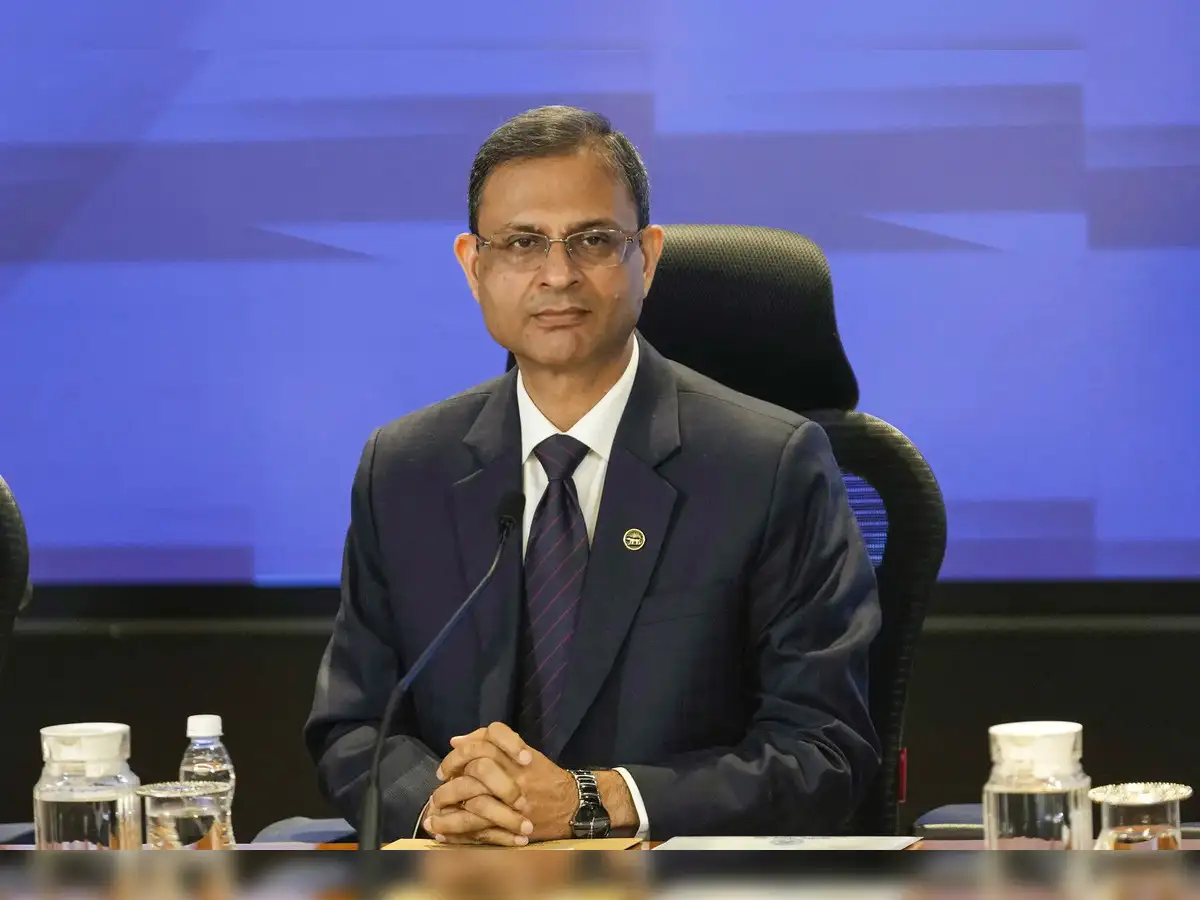The internet experienced a major disruption on Tuesday when a widespread outage at Cloudflare, one of the world’s largest web infrastructure providers, brought down multiple high-traffic platforms including ChatGPT, X (formerly Twitter), Spotify, Canva, and several AI tools. The outage affected users across continents and sparked confusion, frustration, and renewed discussions about the fragile nature of the modern web ecosystem.
A Global Breakdown That Caught Everyone Off Guard
The disruption began early in the day when Cloudflare’s internal systems encountered a failure that prevented website requests from being routed correctly. As Cloudflare handles security, content delivery, and traffic optimization for a massive portion of the internet, the effects were immediate and severe.
Users trying to access services like ChatGPT were met with error messages or security challenge pages that wouldn’t load. X users repeatedly saw “500 Internal Server Error” notifications. Even online service trackers—normally reliable during tech outages—struggled to load because they, too, depended on Cloudflare.
The outage spread quickly, seeming to cascade across multiple servers and regions. Reports poured in from Asia, Europe, the U.S., and the Middle East. For some, the internet appeared to be partially “broken” for nearly an hour.
Although outages are not unheard of in the tech world, the scale of this one demonstrated Cloudflare’s significance. With millions of websites relying on its services, even a small internal malfunction can ripple across the digital landscape.
What Actually Went Wrong?
Cloudflare later revealed that the outage was caused by a software bug in one of its security modules—specifically within its bot management system. A configuration change reportedly triggered the bug, causing the system to overload and crash. When this core protective layer malfunctioned, other connected systems began failing as well.
Importantly, the company clarified that the outage was not caused by a cyberattack. In an era where hacking incidents are common, many users initially speculated about a large-scale breach. Cloudflare, however, confirmed that the issue was purely internal: a flaw in code and configuration, not malicious interference.
Once the root cause was identified, Cloudflare engineers rolled back the faulty configuration and rebooted impacted systems. Within a few hours, services began restoring gradually, although some users continued to notice slow load times and intermittent glitches.
A Long List of Platforms Went Down
The outage was notable not only for its scale but also for the sheer number of major platforms affected. Among the most prominent were:
- ChatGPT
- X (Twitter)
- Spotify
- Canva
- Claude AI
- Multiple gaming and streaming services
- Several cloud-based productivity platforms
- Numerous smaller websites and tools that rely on Cloudflare DNS or protection services
A particularly ironic twist occurred when some popular outage-reporting websites themselves went offline, making it harder for users to even confirm what was happening.
In some regions, Cloudflare’s own dashboard became inaccessible for a period, adding to the confusion.
Cloudflare’s Infrastructure: A Strength and a Weakness
Cloudflare provides essential services such as content delivery, cybersecurity protection, and global routing. Because these systems operate close to the backbone of the internet, they are deeply integrated into how websites load and stay secure.
This integration is what makes Cloudflare so valuable—but it’s also what makes outages so disruptive.
In recent years, an increasing number of platforms have migrated to Cloudflare to defend against cyber threats and improve website performance. That concentration has created a situation where a single technical issue can affect hundreds of millions of users simultaneously.
The outage serves as a reminder that centralization, while efficient, can also create points of failure.
User Reactions: Confusion, Humor, and Frustration
As expected, millions of users took to social media platforms that were still functioning to vent their frustration and seek updates. Reddit discussions filled with theories, memes, and attempts to diagnose the issue.
Ironically, one of the most common memes described the event as “the day the internet stopped working.”
Developers and IT teams reported receiving floods of messages from clients assuming their websites had been hacked or improperly configured. Some companies temporarily switched to backup DNS providers, while others waited for Cloudflare’s fix.
For many casual users, the disruption highlighted just how dependent daily routines have become on cloud services—whether for work, communication, entertainment, or AI assistants.
Cloudflare’s Response: Apologies and Promises of a Full Review
After stabilizing its systems, Cloudflare issued a public apology acknowledging the severity of the disruption. The company said it had all engineering resources focused on resolving the issue and emphasized that it takes the reliability of its network extremely seriously.
Cloudflare also promised a detailed post-incident analysis explaining:
- What exactly triggered the bug
- Why it had not been detected earlier
- How they plan to prevent similar issues
- What improvements will be made to configuration-handling systems
Customers and developers are particularly eager for these answers, as many businesses rely on Cloudflare uptime guarantees to operate smoothly.
A Wider Discussion: How Resilient Is the Internet?
This outage has reignited debates about the vulnerability of the global internet infrastructure. In recent years, outages at providers like Amazon Web Services, Google Cloud, and Microsoft Azure have similarly disrupted large segments of the web.
Although redundancy systems exist, the reality is that many critical services still depend heavily on a small number of companies. As these platforms continue integrating advanced security layers, AI-driven filtering, and global routing systems, any malfunction becomes increasingly difficult to isolate and repair quickly.
Some experts argue that companies and governments need to invest in stronger multi-provider strategies so that a single failure doesn’t bring down the digital services people rely on.
What Happens Next?
With services largely restored, Cloudflare now faces the responsibility of rebuilding trust. The incident will likely lead to internal reviews, software overhauls, and possibly new safety checks for configuration changes.
Most users will move on quickly, but businesses with global operations may reassess their dependence on single-point infrastructure providers.
If anything, this outage was a wake-up call—a reminder that the internet, despite its power and ubiquity, is still vulnerable to sudden, unexpected breakdowns. As digital life continues expanding, building a more resilient web will become even more critical.
For now, though, Cloudflare appears to have resolved the worst of the disruption, and the global internet is back on its feet.











